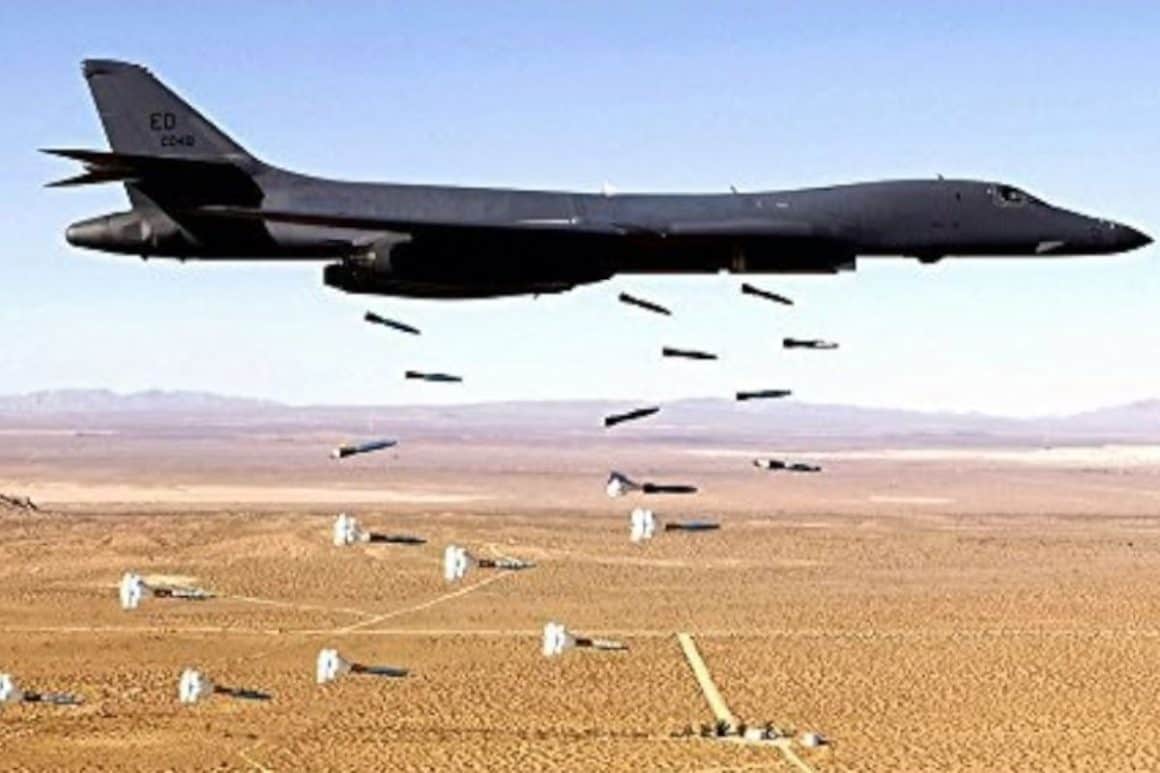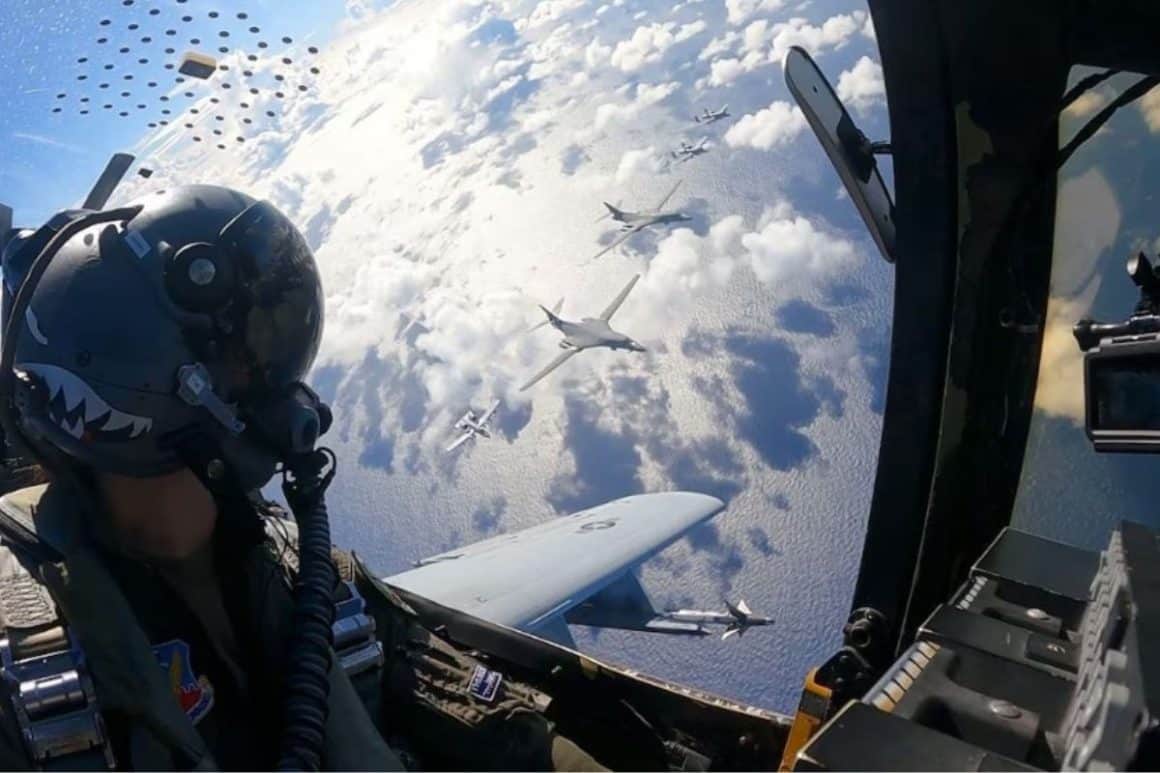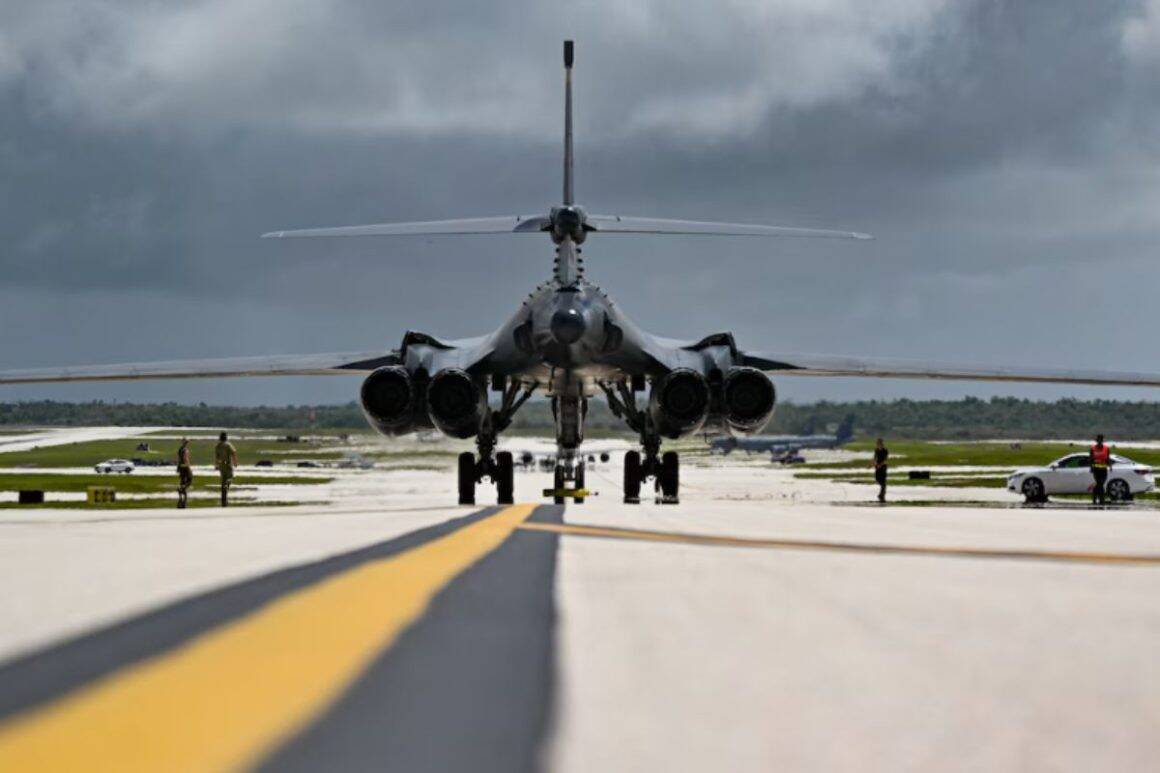
The 1960s gave birth to an incredible aircraft—a military aircraft to replace the best strategic bombers to date. It was so well designed that it could fly faster and carry a payload greater than the famous B-52 bomber.
The B-1 Bomber was originally the brainchild of the North American Rockwell company. Born on 23 December 1974, the B-1A took to the sky for the very first time. This prototype could fly at speeds of Mach 2.2 at high altitudes. She could fly longer distances at lower altitudes, boasting a cruise speed of Mach 0.85.
During its operational life, this aircraft earned its wings by delivering the highest volume of ordnance ever recorded for a single bomber. She still holds the record today with a payload capacity of 94,000 pounds.
THE EVOLUTION OF THE B-1 BOMBER
The Carter Administration canceled the B-1 program in 1977 due to high costs and economic struggles at the time. However, this amazing aircraft’s death was short-lived. In 1981, President Ronald Reagan breathed life back into the program.
The B-1 had found life due to a hole in our strategic capabilities. With the B-2 not yet available and the B-52 too slow, the B-1’s capabilities were needed. It was the time of the Cold War with Russia, and their anti-aircraft missiles had significantly improved. The B-1 Lancer was our answer to the problem.
Boeing purchased ownership of the B1-A from Rockwell in 1981. Due to operational requirement changes, Boeing had to redesign the B1-A. The result was an aircraft that could reach a slower Mach 1.2 at higher altitudes but a faster speed of Mach 0.96 at lower altitudes.

The new B-1 bomber was nicknamed “The Bone. “Deliveries of the new B-1B began in 1985. Less than a year later, she entered service with SAC (Strategic Air Command) as a nuclear bomber.
In 1992, SAC was dissolved and incorporated into the ACC (Air Combat Command). When the ACC acquired command of the B-1B, it was decommissioned as a nuclear-carrying aircraft. Her larger bomb bays were converted to hold regular ordinance.
Each B-1B could now carry a payload of 94,000 pounds during missions. A B-1B can carry a payload of 84 MK-82 bombs, weighing 500 pounds each. The MK-82 was the perfect bomb for optimal damage in an individual sortie. Unfortunately, the total number of sorties flown by the B-1B in combat is still classified.
OPERATIONAL HISTORY OF THE B-1 LANCER
Having been outfitted for conventional bombing, it reentered service during Operation Desert Fox in 1998. This four-day campaign, which occurred in December, was the B-1B’s first combat deployment. Her mission was to degrade Iraq’s military infrastructure.
The B-1B would next see action in 1999 during the NATO action in Kosovo. Operation Allied Forces started on 24 March 1999 and lasted 78 days. The B-1B was used to conduct a bombing campaign against the Federal Republic of Yugoslavia. The primary goal was to halt the ethnic cleansing of Albanians in Kosovo by Serbian forces.

The B-1B would next see action during Operation Enduring Freedom. This campaign started in Afghanistan as a result of the 9/11 attacks on the United States. The goal was to oust Islamic extremists from power. That campaign lasted until 2021, making it the longest period of war for the United States.
The next theater of operations for the B-1 was Operation Desert Fox. Operation Desert Fox was conducted by the United States and the United Kingdom from 16 December through the 19th of 1998. The mission was to punish the Iraqi Government for repeatedly violating International Law on Nuclear and Biological warfare weapons development.
The B-1B was used to disable Iraqi military infrastructure and disrupt its weapons development programs. Targets included command and control centers, intelligence facilities, and air defense systems. The B1’s operations inflicted significant damage on Iraqi military capabilities.

WHAT DOES THE FUTURE HOLD FOR THE B-1 LANCER?
To this day, the B-1 Lancer is still in operation. Overall, an estimated 45 of the original 100 aircraft delivered are still flying. These aircraft are based at either Ellsworth Air Force Base in South Dakota or Dyess Air Force Base in Texas. The B-1B Lancer is still being used as a deterrent against countries of aggression.
But where will the B-1B Lancer end up? The remaining fleet is expected to be in operation until at least the 2030s, when the new B-21 Raider will replace it. Like her brothers and sisters of the past, she will be doomed to storage at the Davis-Monthan Air Force base in Arizona. There, the 309th Aerospace Maintenance and Regeneration Group (AMARG) will either scrap her or cannibalize her for parts.
